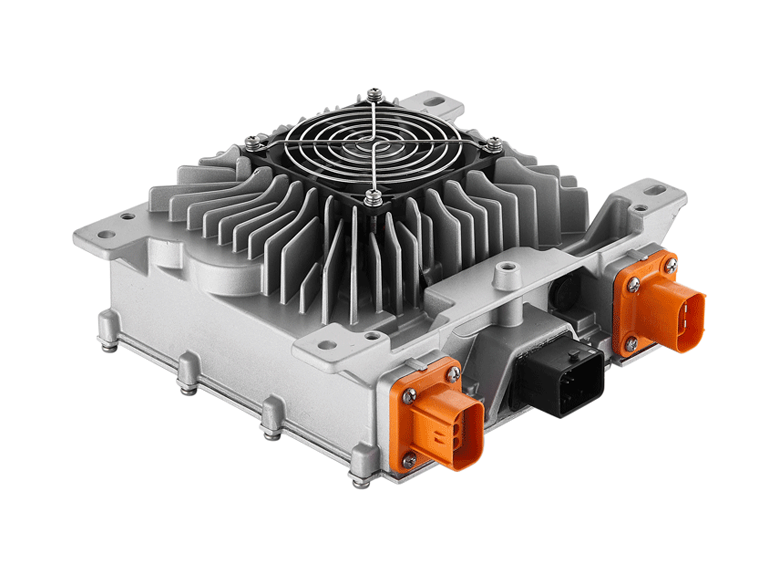on board charger offer the advantage of using the electrical outlets in our homes to charge electric vehicles. In addition, it eliminates the need to purchase additional power conversion equipment.
The global electric vehicle on-board charger (OBC) market is expected to reach USD 10.82 billion by 2027, growing at a CAGR of 22.4% from 2020 to 2027.
The primary function of the on-board charger is to manage the current flow from the grid to the traction battery. On-board chargers (OBC) help charge electric vehicles from any source; therefore, electric vehicles do not always have to rely on charging stations.
Another function of the OBC is controlling the current and voltage levels at which the battery is charged. There are two main charging methods: constant voltage and current charging. Although constant current charging provides high efficiency and charging speed, it will affect the battery's service life. This is due to overcharging. In the case of constant voltage charging, there may initially be a large amount of current flowing into the battery.

The above problems can be solved by charging the battery with a constant current. Then after reaching a certain level, use constant voltage charging to charge the battery. This charging strategy is the most crucial role of the on board charger.
In AC charging level 1 and level 2, the AC power from the grid is converted to DC power by the OBC to charge the battery through the battery management system (BMS). The OBC performs voltage and current regulation. In addition, the disadvantage of AC charging is that the output power becomes lower as the charging time increases.
The charging rate, or required input current, is determined by the EV itself in the AC charger. Since not all-electric vehicles (EVs) require the same input charging current, the AC charger must communicate with the EV to determine the required input current and establish a handshake before charging begins. This communication is called pilot communication, and the Pilot wire identifies the type of charger connected to the EV and sets the input current required by the OBC.
There are two main types of on board charger:
Single Phase on board charger
Three-phase on board charger
Next:The benefits of portable on board charger
Previous:Another breakthrough for Tesla charging pile!
Contact Person: Miss. Kiki
| WhatsApp : | +8617763224709 |
|---|---|
| Skype : | +8617763224709 |
| WeChat : | +8617763224709 |
| Email : | kiki@lifepo4-battery.com |